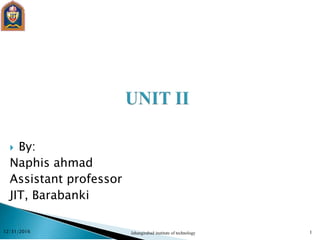1. A steam generator or boiler is a closed vessel made of steel that transfers heat from fuel combustion to water to generate steam.
2. Boilers should be safe, accessible for maintenance, efficient in absorbing heat, simple in construction, and have low initial and maintenance costs.
3. There are many types of boilers classified by factors like the contents in tubes (fire tube or water tube), furnace position, and circulation method. Proper consideration of factors like steam needs, area, and costs is important for boiler selection.







































































